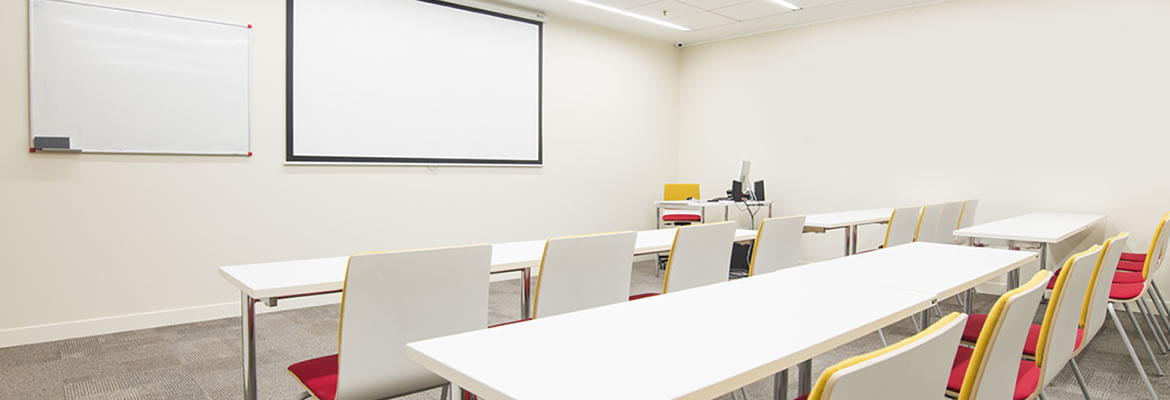Embrace Exploration
ClassSpot makes it easy to share files and web links with the class. Ask students to research a point from their laptop, and then send the resulting web page to the “teaching wall” where everyone can see it. Or have students send their homework document to the front screen for interactive peer editing.


